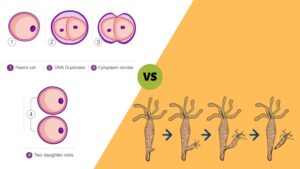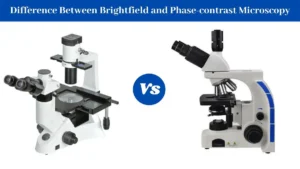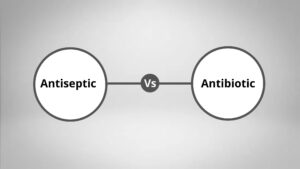| Characters | Homozygous | Heterozygous |
| Definition | Homozygous is the presence of two copies of the same allele which codes for a particular trait. | Heterozygous is the presence of two different copies of alleles of a particular gene. |
| Alleles | Homozygous individuals have either dominant or recessive allele pairs (Ex: TT or tt). | Heterozygous individuals have both dominant and recessive alleles (Ex: Tt). |
| Gametes | Homozygous individuals produce a single type of gametes. | Heterozygous individuals produce both types of gametes with dominant and recessive alleles. |
| Self-breeding | Self-breeding of homozygous individuals produces the same trait over generations. | Self-breeding of heterozygous individuals produces a combination of different traits. |
| Types | Homozygous-dominant and homozygous-recessive are the two types of homozygous alleles. | Complete dominance, incomplete dominance, and codominance are the three types of heterozygous allleles. |
| Vigour | Homozygous individuals do not show an extra vigour. | Heterozygous individuals can show extra vigour called hybrid vigour. |
| Genotype representation | Homozygous genotypes are represented as AA or aa for homozygous-dominant or homozygous-recessive conditions, respectively. | Heterozygous genotypes are represented by Aa genotypes. |
| Phenotypes | Two different phenotypes are possible with dominant or recessive homozygous conditions. | The phenotype is mostly due to the dominant allele in the heterozygous condition. |
| Traits | Homozygous genotypes produce the same traits over different generations. | Heterozygous genotypes produce different traits over different generations. |
| Other terms | Organisms or cells with the homozygous condition are termed as homozygotes. | Organisms or cells with the heterozygous condition are termed as heterozygotes. |
| Observed in | Homozygous genotypes are observed in animals reproducing by asexual means. | Heterozygous genotypes are mostly seen in animals reproducing by sexual means. |
| Diseases | Common diseases associated with the homozygous condition include fibrosis, sickle cell anemia, and phenylketonuria. | Common diseases associated with the heterozygous condition include Huntington’s disease, Marfan’s syndrome, and familial hypercholesterolemia. |
| ExamplesThe human blood type O, which is determined by the genotype OO, the dominant eye color brown, which is determined by the genotype BB, and the recessive eye color hazel, which is determined by the genotype bb are the examples of homozygous. | The human blood type AB, which is determined by the genotype, AB, snapdragon flower color, and the codominance of the hair color in roan horses are the examples of heterozygous. |



